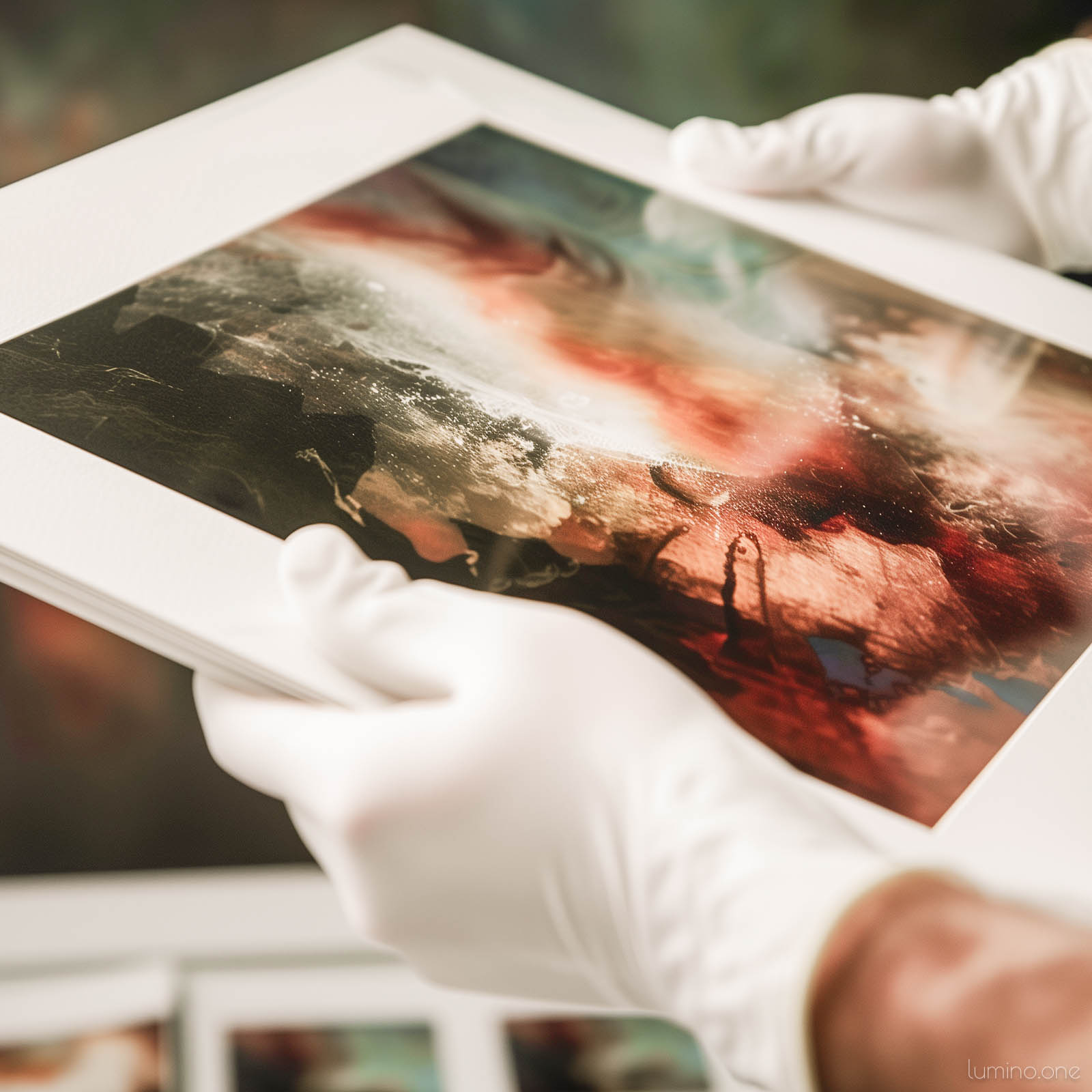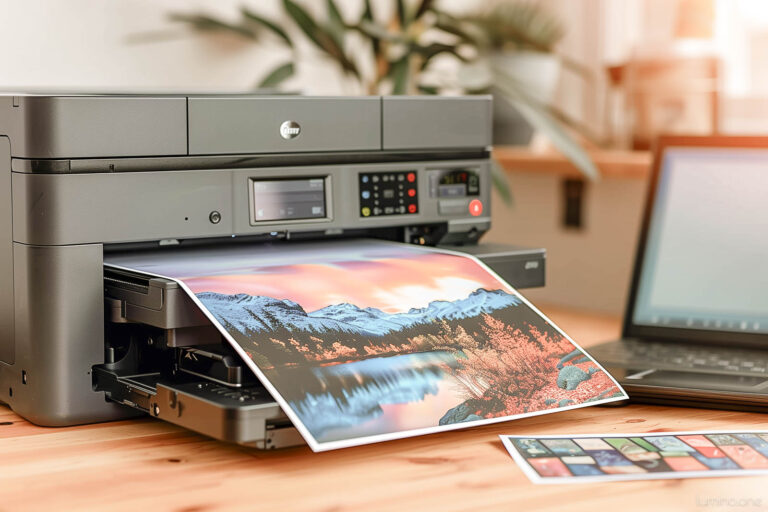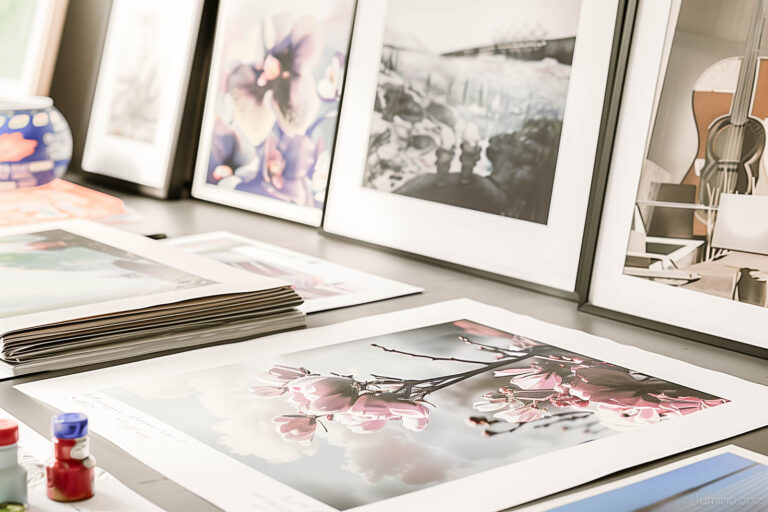In the vast world of art reproduction and photography, the giclee method of printing stands out for its exceptional quality and longevity, captivating both artists and collectors alike. You may have come across the term “giclee” and wondered what it encompasses. This sophisticated technique, known for its ability to produce high-resolution prints that closely mimic original artworks, is more than just a printing process; it’s a bridge connecting traditional artistry with modern technology. In this article, we will delve into the intricacies of the giclee method, exploring how it revolutionizes the way we view and reproduce art in today’s digital age.
The giclee method of printing is a high-quality digital printing process used for creating fine art prints. It involves using inkjet printers to spray microscopic droplets of pigment-based inks onto archival-quality paper, resulting in prints with exceptional detail, color accuracy, and longevity.
The Essence of Giclee Printing
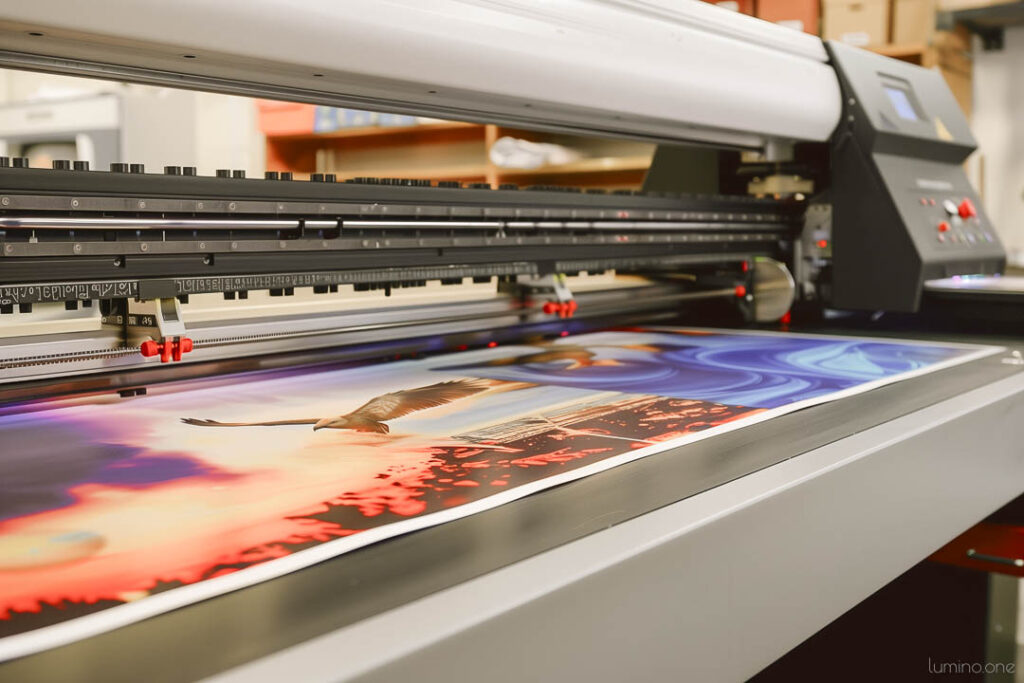
The giclee method of printing, a term that originates from the French term “gicler” meaning “to spray or squirt,” represents the zenith of printmaking technology. It involves spraying microscopic dots of pigment-based inks onto high-quality paper or canvas. This process allows for a wider range of color and finer detail than traditional printing techniques, making giclee prints the preferred choice for artists, photographers, and art collectors seeking the highest quality reproductions of original artwork.
Why Do Artists Produce Fine Art Giclee Prints?
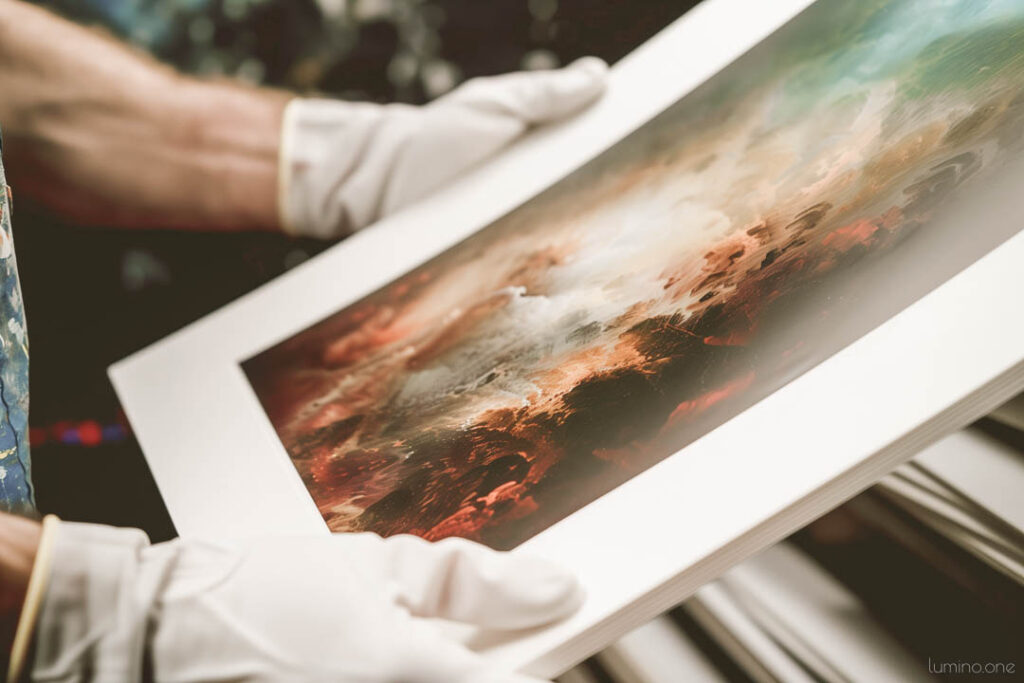
Artists opt for giclee printing for several reasons:
- Reproduction Quality: Giclee prints capture the nuance of the original piece, from color fidelity to the texture of the brush strokes on fine art paper or canvas.
- Longevity and Archival Quality: Using archival paper or canvas and pigment-based inks ensures that giclee prints can last over a century without fading, maintaining their beauty and value.
- Limited Editions: Many artists produce giclée prints in limited editions, enhancing their exclusivity and collectibility. This practice allows art lovers to own a piece of high-quality art at a lower price point than the original painting.
Understanding the Giclee Printing Process
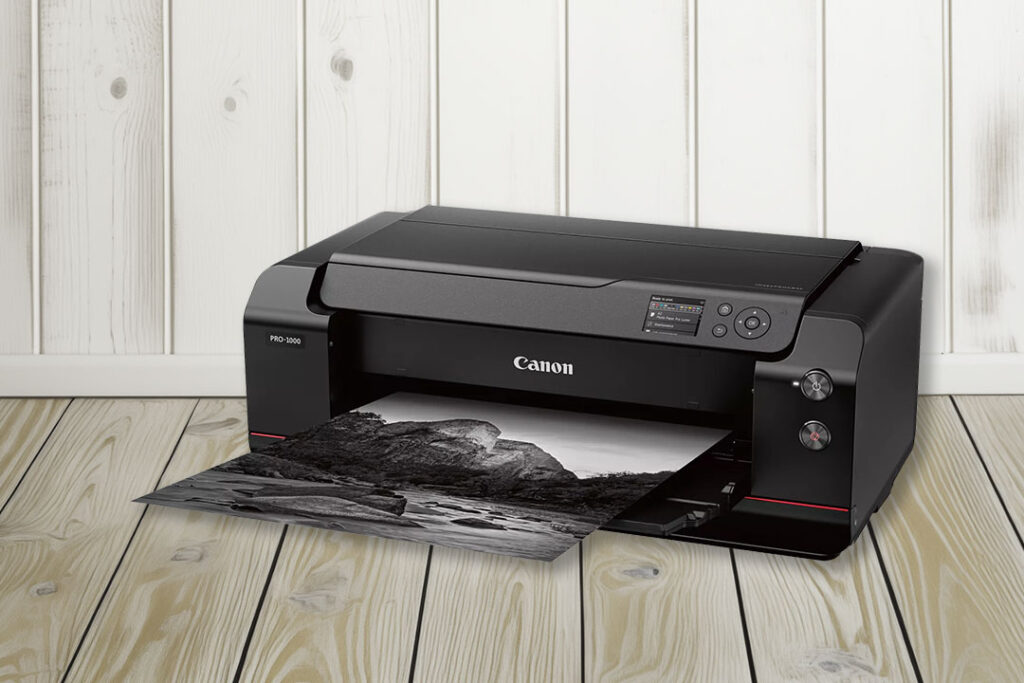
The process of creating a giclee print involves several key steps, each crucial to achieving the final product’s archival quality and aesthetic appeal:
- Digital Image Preparation: The artwork is digitally captured using high-resolution photography or scanning, ensuring every detail is recorded at a high dots per inch (DPI) rate.
- Color Correction and Proofing: Adjustments are made to match the colors of the print to the original artwork, often requiring several proofs to achieve perfection.
- Printing: The image is printed using a wide format inkjet printer, specifically designed for fine art printing. These printers, such as the renowned Canon ImagePROGRAF Pro printers, use a print head that sprays the ink onto the paper or canvas, creating little pixels that form the image.
- Drying and Stretching: Once printed, the canvas prints are stretched over bars, or the paper prints are trimmed to size, ready for framing.
Gicle is not the only printing method that artists use to print their works. Learn the differences between giclee and more traditional printing methods like lithograph and serigraph here.
Fine Art Paper and Canvas Choices


The choice of substrate is a critical component of giclee printing:
- Fine Art Paper: Archival quality, acid-free papers are selected for their texture and weight. Options range from smooth cotton rag to textured paper, each offering a different feel and finish to the print.
- Canvas: Giclee prints on canvas are popular for their resemblance to original paintings. The canvas is often coated with a protective varnish to enhance its archival properties and durability.
The Role of Pigment-Based Inks
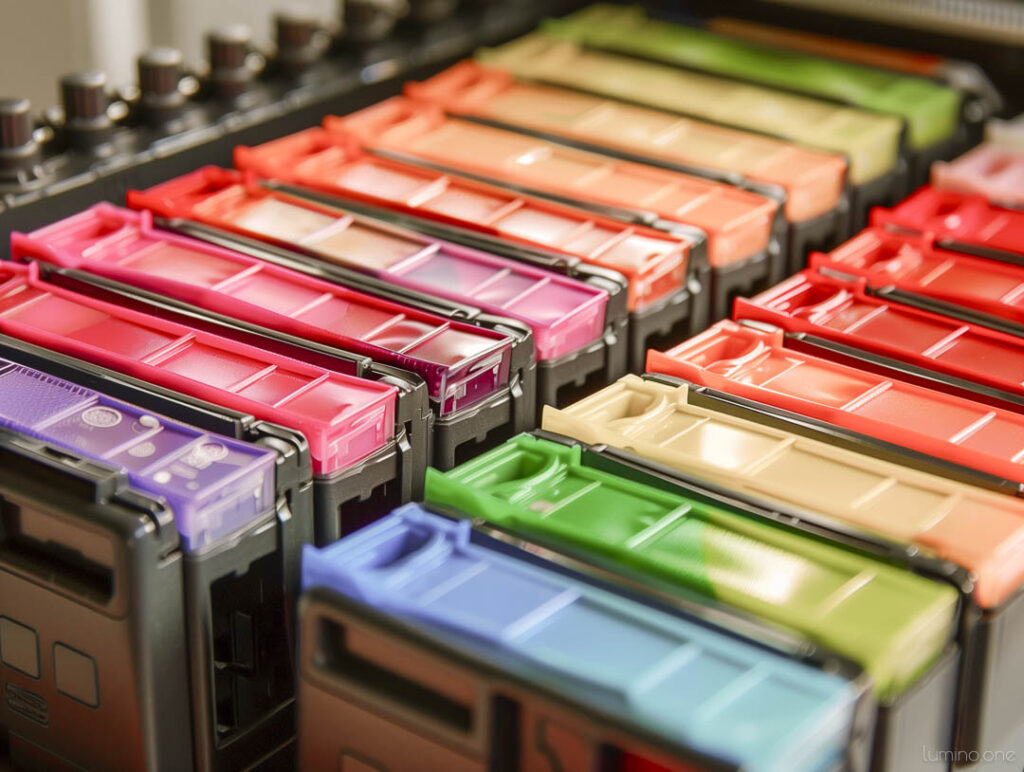
Pigment-based inks are essential for giclee printing, offering superior color stability and resistance to fading. Unlike dye-based inks, pigment inks lay on top of the paper or canvas, creating vibrant colors and deep blacks that make each art print stand out.
Giclee Prints vs. Standard Prints: Understanding the Difference
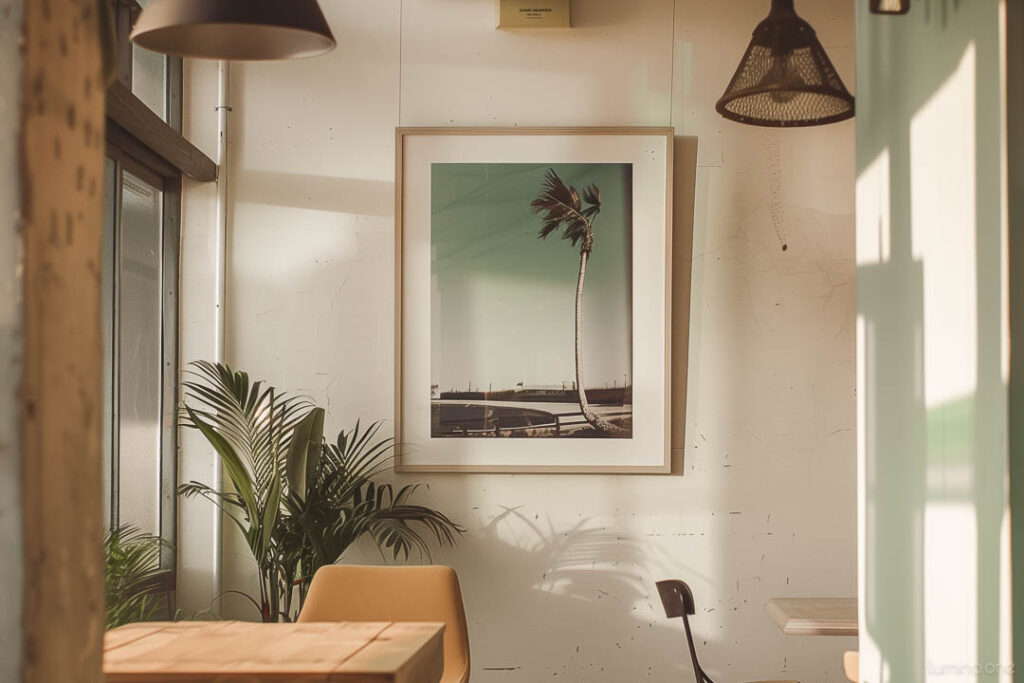
While both giclee and standard prints are produced using inkjet technology, the main difference lies in their quality, materials, and intended use:
- Giclee Prints: Aimed at fine art collectors and galleries, giclee prints use archival materials and are often produced in limited editions. They are the go-to choice for reproducing fine art and photography due to their high fidelity to the original work.
- Standard Prints: More commonly used for posters and general printing needs, standard prints may not use archival materials or high-end printers and are typically produced in open editions. They offer a cost-effective solution for large quantities but do not match the giclee prints’ longevity or quality.
Why Limited Edition Giclees Are Special
Limited edition giclee prints hold a special place in the art market. Each print is numbered and often signed by the artist, creating a direct connection between the creator and the collector. This exclusivity adds to the print’s value, making it a coveted piece for collectors. The practice of issuing limited editions has been embraced by many artists as a way to offer their work to a wider audience while maintaining its artistic integrity and value.
The Importance of Framing Giclee Prints
Framing is not just an aesthetic choice but a necessary step in preserving the quality of a giclee print. Using archival mats and UV-protective glass can protect the print from environmental damage, ensuring it remains a cherished part of a collection for years to come. Always consult with a professional framer who understands the needs of fine art prints to select the best framing options.
Final Thoughts for Collectors and Artists
The giclee method of printing has opened new doors for artists to share their original art with the world and for collectors to own a piece of that creativity. Whether you’re an artist looking to reproduce your work or a collector seeking to add a new piece to your gallery, understanding the nuances of giclee printing can help you appreciate the value and beauty these prints bring to the art world.
In the realm of fine art printing, giclee prints stand out for their quality, longevity, and ability to faithfully reproduce the essence of the original artwork. As the demand for high-quality art reproductions continues to grow, giclee printing remains a vital tool for artists and a treasure for collectors, ensuring that the beauty of fine art can be enjoyed by generations to come.

